 At the Tuckahoe Equestrian Center in Queen Anne on May 24, the Eastern Shore Jousting Association held the Mid Atlantic Joust Tournament. People came with campers and RVs to settle on folding chairs and watch some enthusiastic horse riders tilt at small rings with their handmade, steel-tipped lances. The participants were named Knight of the Little Woods or Maid of Rabbit Hill Road or something else equally colorful.
At the Tuckahoe Equestrian Center in Queen Anne on May 24, the Eastern Shore Jousting Association held the Mid Atlantic Joust Tournament. People came with campers and RVs to settle on folding chairs and watch some enthusiastic horse riders tilt at small rings with their handmade, steel-tipped lances. The participants were named Knight of the Little Woods or Maid of Rabbit Hill Road or something else equally colorful.
When the announcer called out, “Ride, Dear Maid (or Sir Knight), ride,” the competitor galloped down the 80-yard dirt track beneath three arches, from each of which was suspended a metal harness ring wrapped with white cord. The rider had eight seconds to charge through the arches and try to spear the metal rings that varied in size from 1/4″ to 1-3/4″ in diameter, depending on the skill level of the knight or maid.
One of the announcers for the event was Karen Callahan, the secretary of the ESJA. She had started riding in horse shows as a child.
“A lot of my family members would joust,” she explained, “so I started going to the different tournaments held on the Shore to watch them and support the state sport. I would participate in different skits put on by the members at the tournaments back in the late 80s, early 90s. In 2015, I started jousting in the Leadline Class here locally and on the state level.”
Callahan is involved with an activity that has a storied tradition. Jousting is, in fact, the oldest equestrian sport in the world. Its creation is usually credited to a Frenchman named Geoffori de Pruelli. It spread from France to Germany and then England between the 10th and 12th centuries. During the Middle Ages it was used in waging war, but with the invention of gunpowder the art of jousting a man from his horse became an outmoded battle strategy.
The tournament field became a place of sport, and the knights turned their lances to the more sophisticated task of spearing small metal rings, making jousting a civilized game of skill and sportsmanship. When Cecil Calvert, the second Lord Baltimore, founded the colony of Maryland on the shores of St. Mary’s County in 1634, he introduced jousting there, and tournaments became a favored pastime of the settlers. This sport has survived wars and flourished in times of peace.
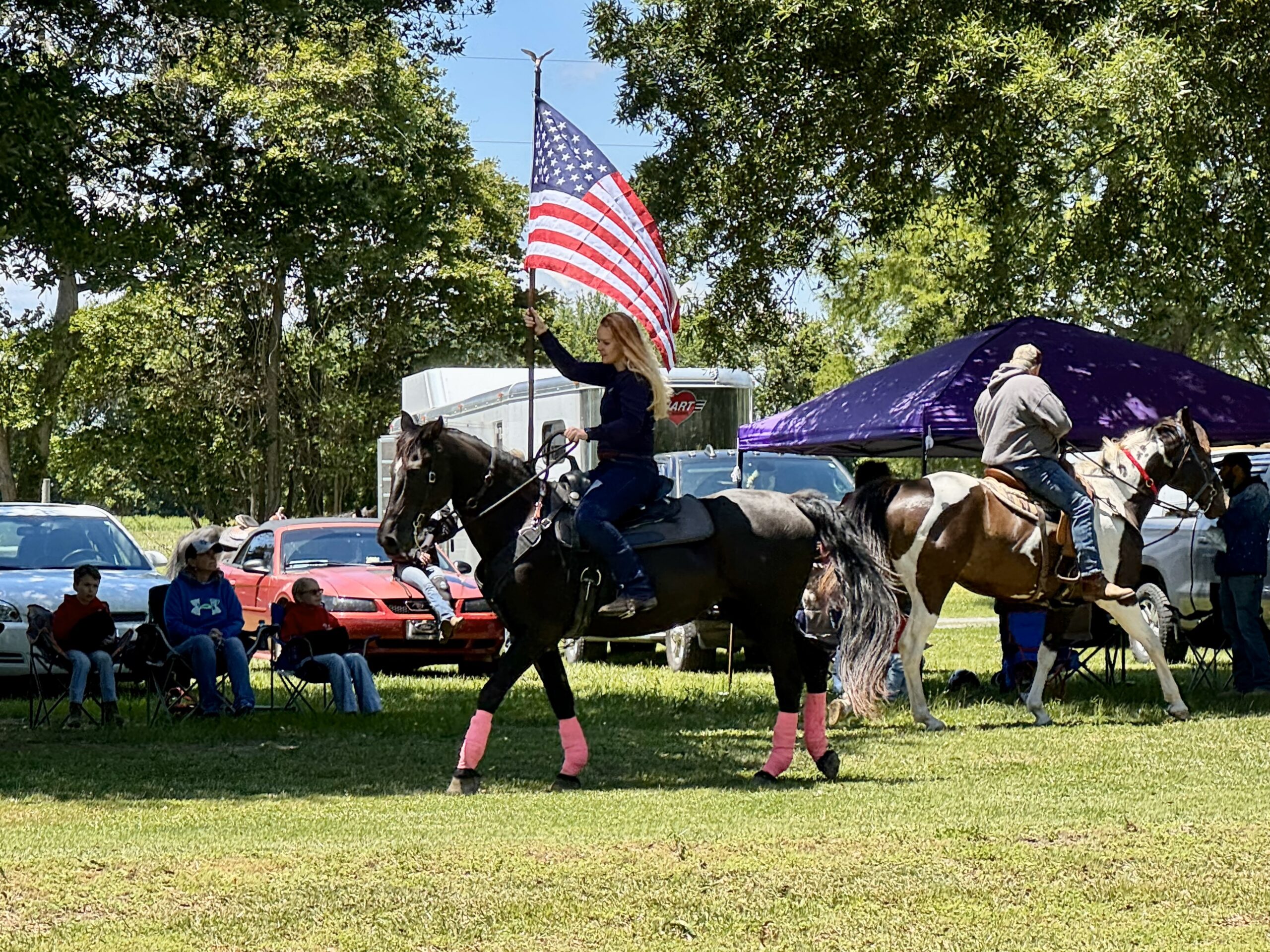
Over the past 100 years jousting has evolved from private contests to public competitions aiding civic and church organizations and raising funds for Civil War monuments. Rather than just being popular among the “landed gentry,” the sport is now enjoyed by suburbanites, city dwellers, and rural landowners.
In 1950 some dedicated jousting enthusiasts founded The Maryland Jousting Tournament Association, which was instrumental in establishing riding rules adopted throughout Maryland. The organization has members in every corner of the state as well as neighboring states and the District of Columbia.
During the February 1962 session of the Maryland General Assembly, the Honorable Henry J. Fowler, a St. Mary’s County member of the House of Delegates, introduced House Bill No. 80, which would recognize jousting as the Official State Sport. It was passed through both chambers of the Maryland Legislature, and on April 6, 1962, Governor J. Millard Tawes signed the bill into law to become effective on June 1 of that year.
On December 11, 1969, a group of local jousters met at the Queen Anne Fire House for the purpose of organizing the Eastern Shore Jousting Association; officers were elected and a membership fee of $1.00 was established. At a February 2, 1970, meeting, the purposes of the organization were defined and a standard set of riding rules were adopted. It represented riders from Caroline, Kent, Queen Anne’s and Talbot Counties.
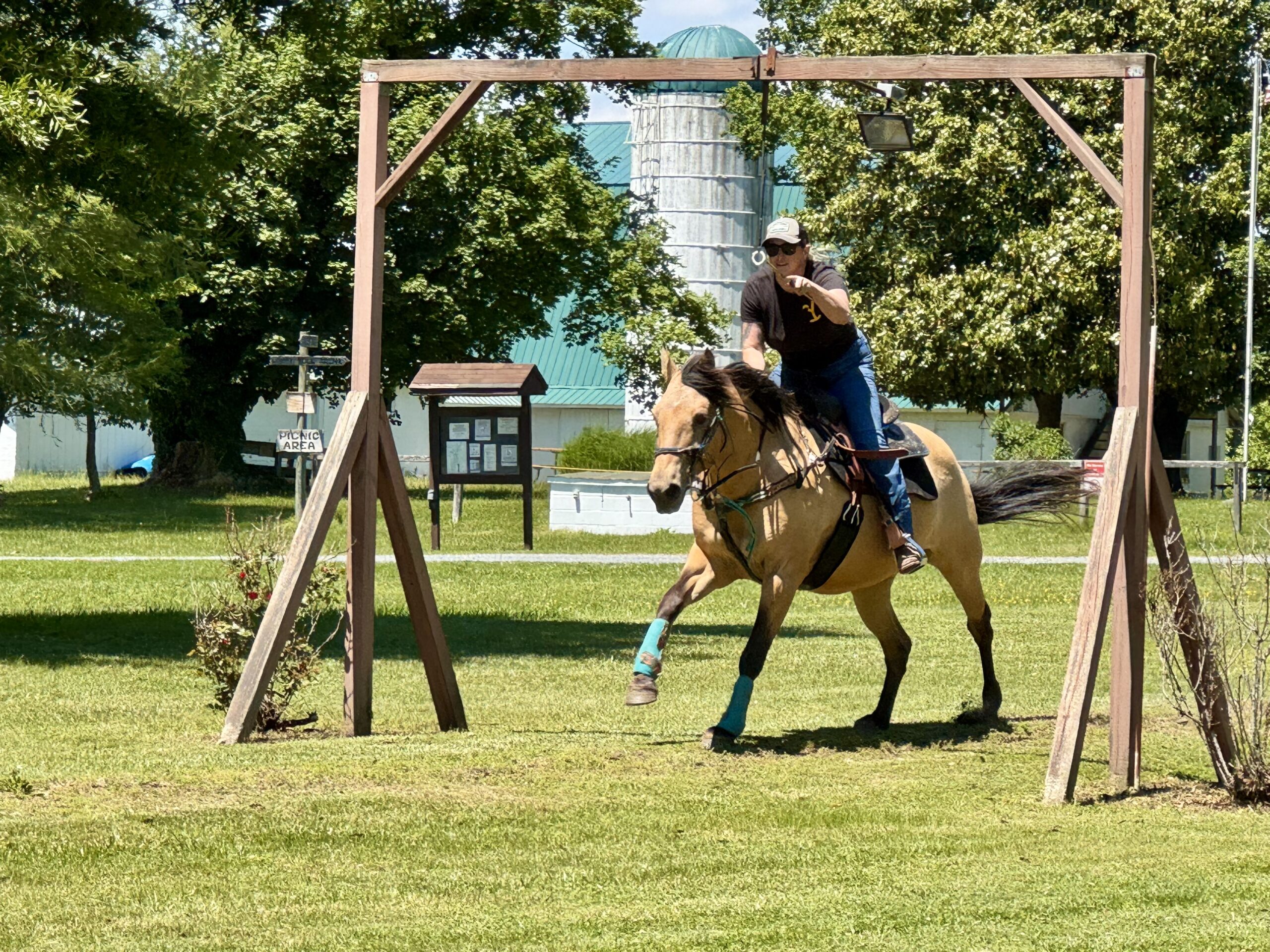
The first ESJA Championship Tournament was held on September 27, 1970, at Herman Callahan’s field off Route 404 in Queen Anne. The first banquet was held at the Talbot Agricultural Center on November 14. ESJA holds nine tournaments from May to September, and they also participate in local parades. The banquet is held at the close of every jousting season.
Members of the ESJA, approximately 28 families, proudly promote jousting on Maryland’s Eastern Shore as well as in Delaware and Virginia. They show a genuine interest in the Associations well-being and that of jousting itself. Karen Callahan is among them, helping with fundraising and promotion.
“Jousting is a fading sport as not many people participate anymore,” she said, “so I try and promote it as much as possible to educate people.”
Indeed, the audience at Queen Anne on May 24 was not large, and the atmosphere was at times sadly quiet. There wasn’t the pageantry of old, and the riders’ outfits were not elaborate or stylish. Rather than horns announcing the triumph of a knight or maid, country music blared over scratchy speakers when someone lanced the rings. But it was obvious that the skilled participants loved what they were doing, and a good time was had by all. It’s a tradition worth maintaining.
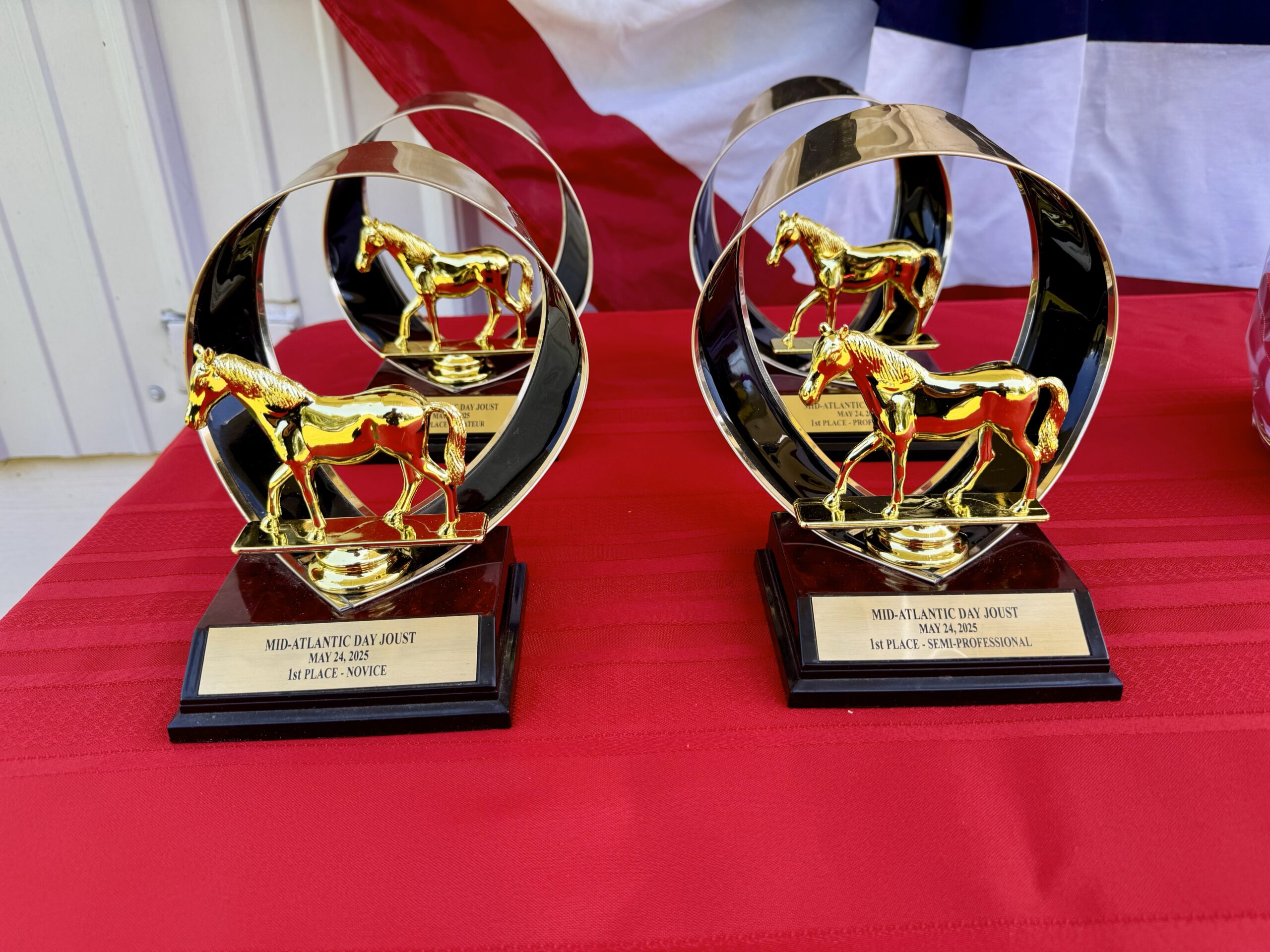
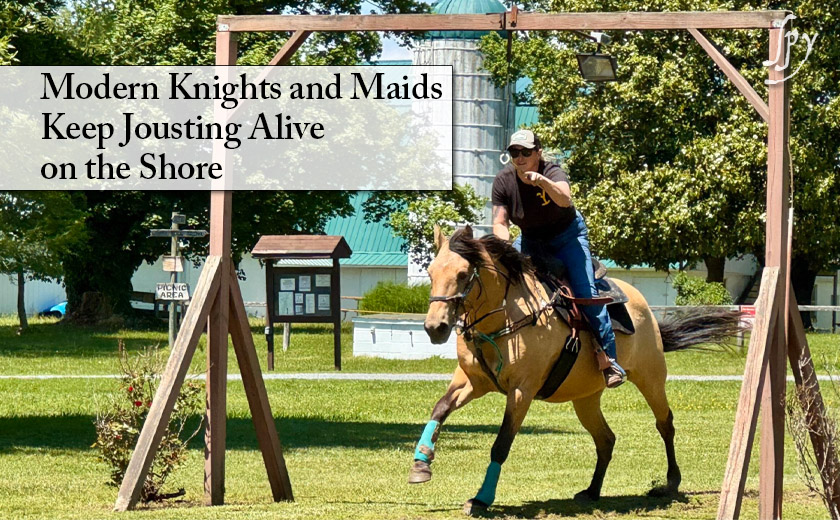

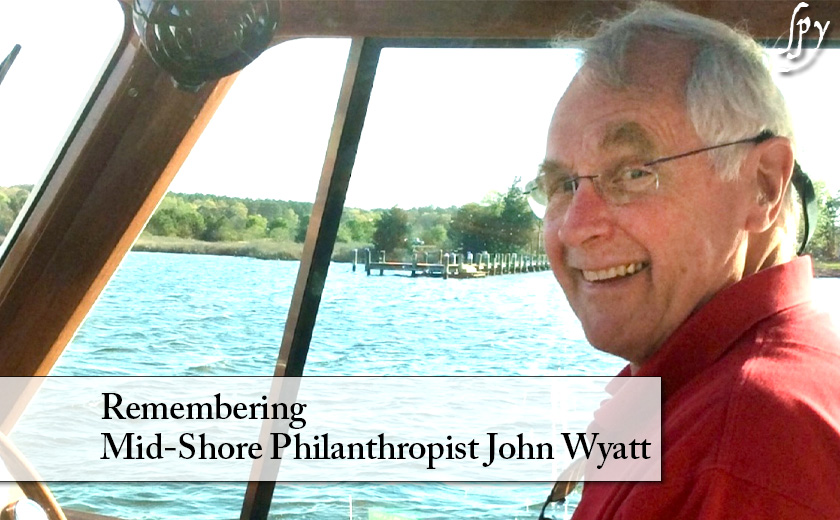


 “My goal is to have it before the end of 2025, to have us at least open one day a week with volunteer docents to do that,” said Debbie Usab, executive director of the Richardson. “We have a docent manual, but it’s not appropriate to this exhibit. So, to refurbish the docent manual, I have a history intern who is going to be graduating, and this is their internship, and they’re going to be working on that docent manual.”
“My goal is to have it before the end of 2025, to have us at least open one day a week with volunteer docents to do that,” said Debbie Usab, executive director of the Richardson. “We have a docent manual, but it’s not appropriate to this exhibit. So, to refurbish the docent manual, I have a history intern who is going to be graduating, and this is their internship, and they’re going to be working on that docent manual.”
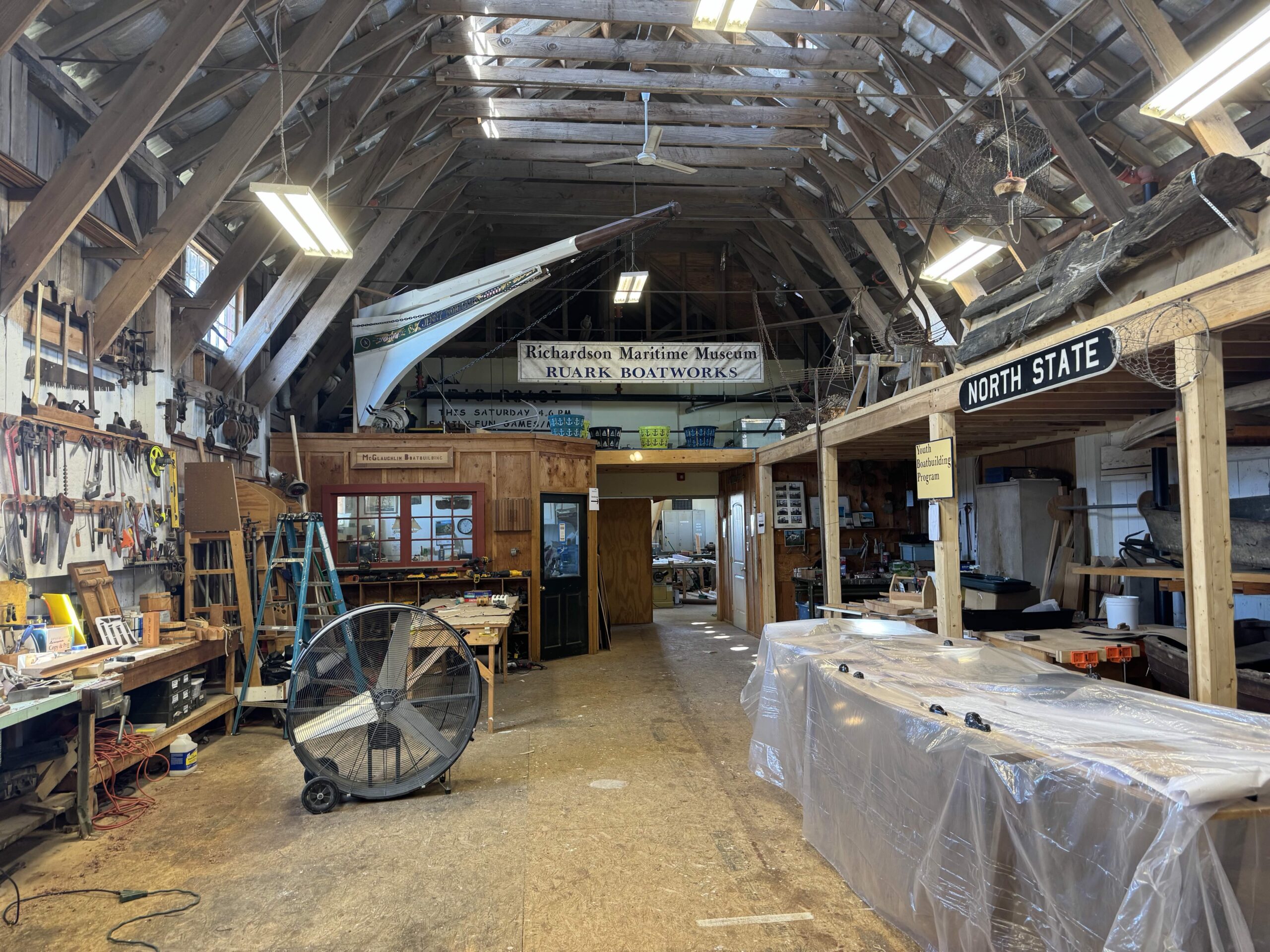
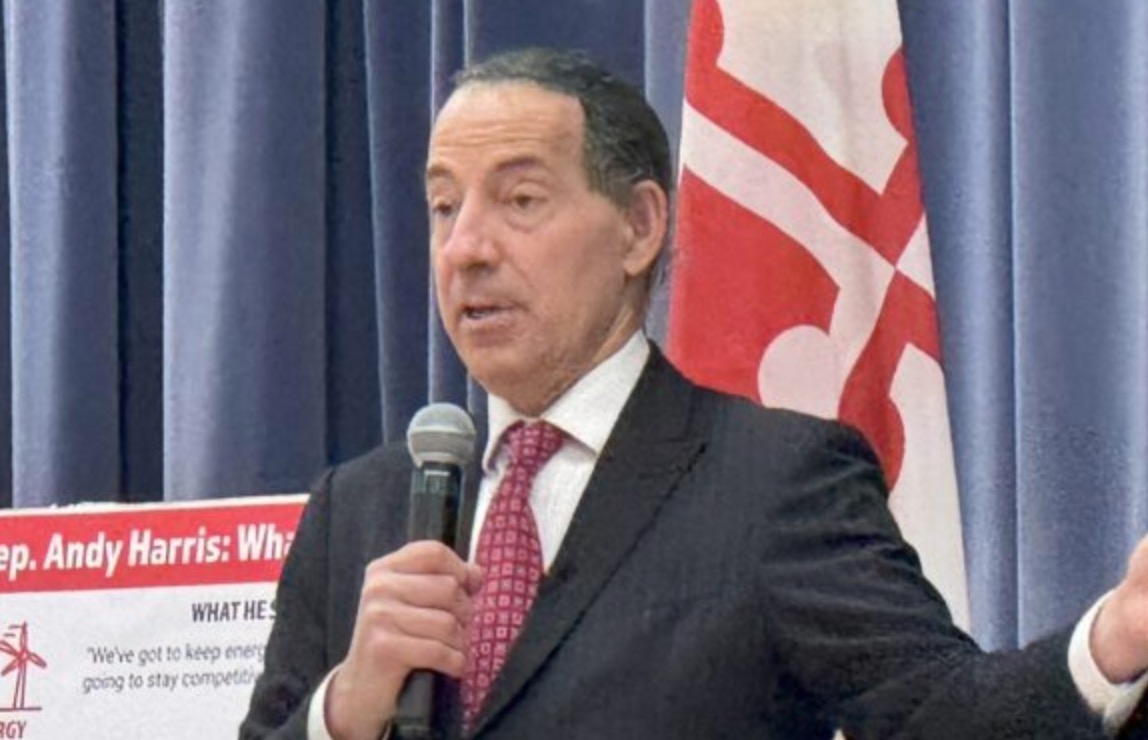
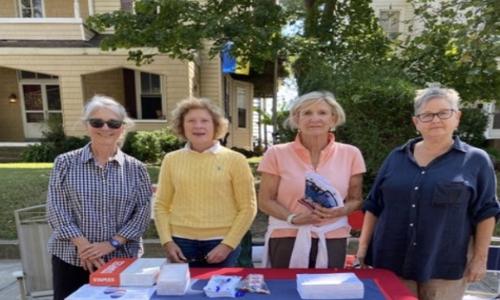
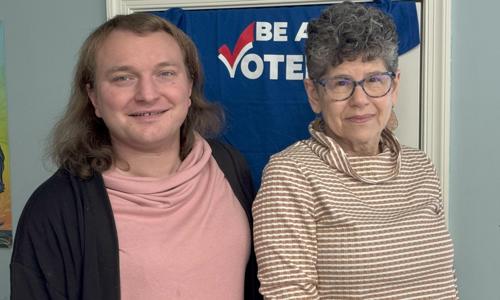
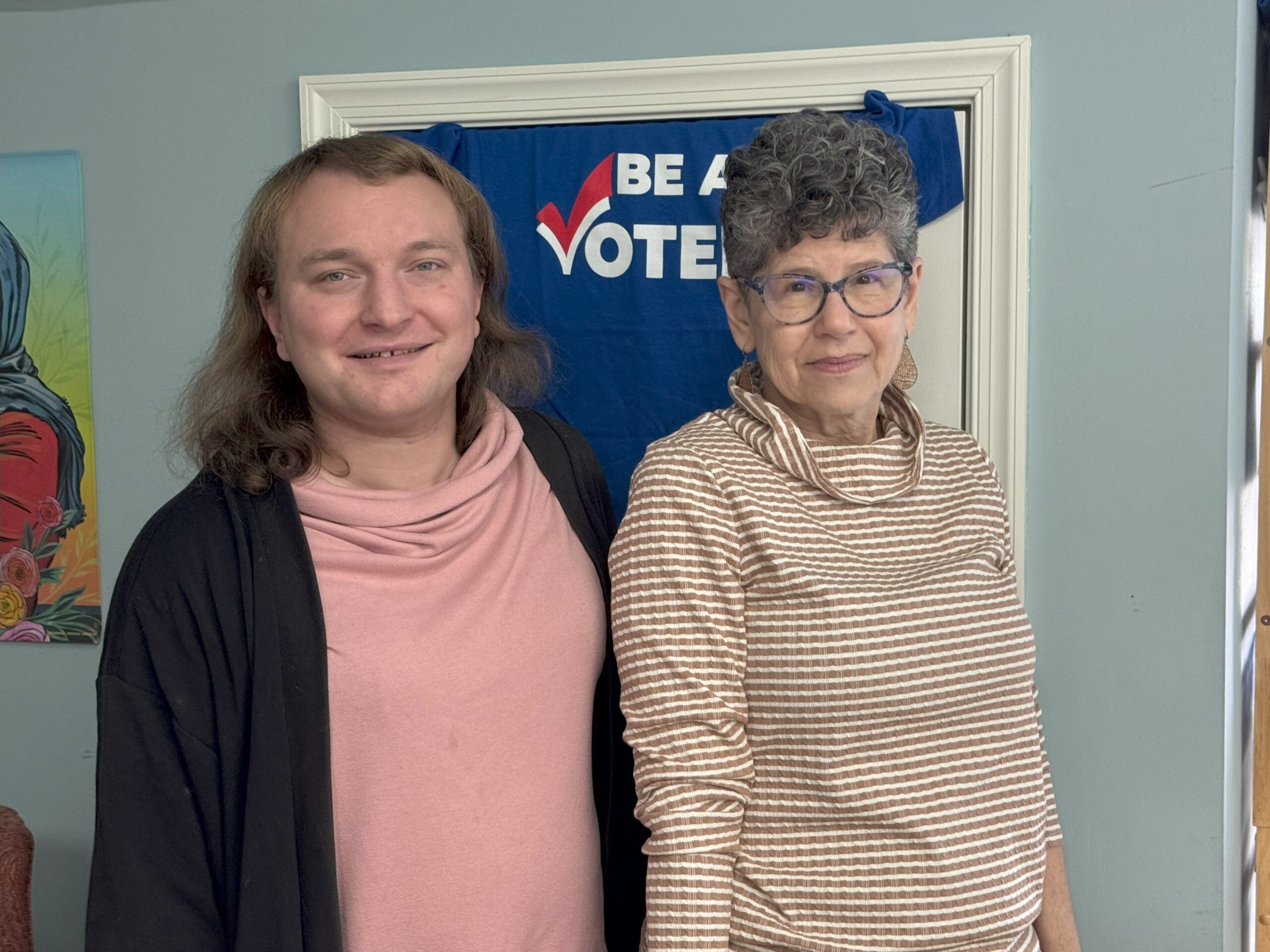
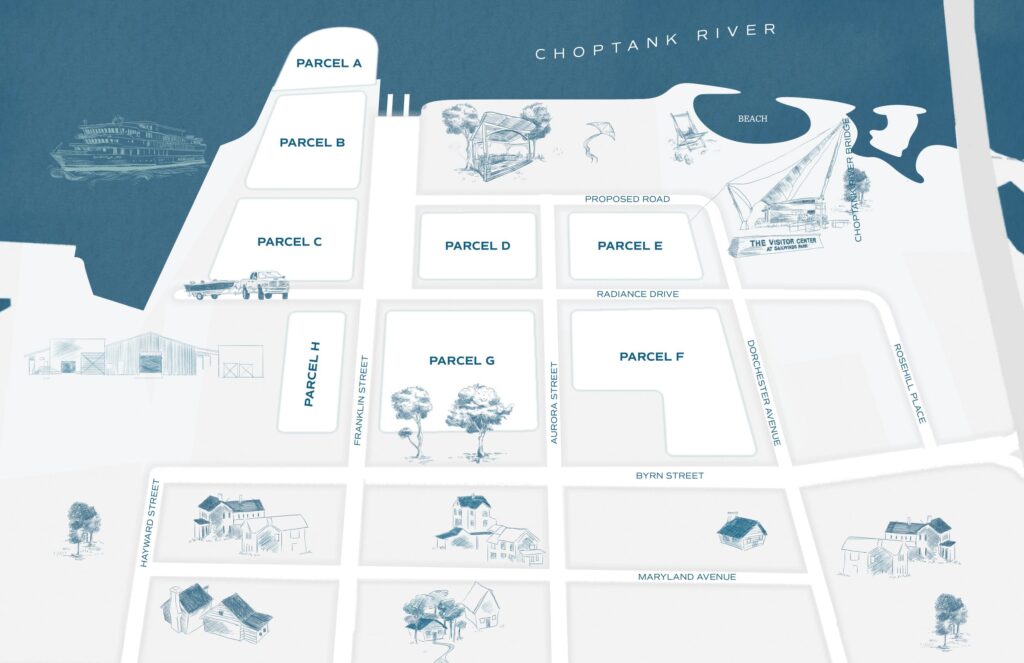

 The Cambridge Association of Neighborhoods (CAN) is dedicated to encouraging and assisting community members to be good neighbors. They strive to enhance the safety, quality of life, and well-being of Cambridge’s residents as well as promote code-compliant housing, social events, and community involvement in the city. CAN is open to both renters and homeowners, and newcomers are invited to join and help make Cambridge an even better place to live. Anyone interested can find out more at
The Cambridge Association of Neighborhoods (CAN) is dedicated to encouraging and assisting community members to be good neighbors. They strive to enhance the safety, quality of life, and well-being of Cambridge’s residents as well as promote code-compliant housing, social events, and community involvement in the city. CAN is open to both renters and homeowners, and newcomers are invited to join and help make Cambridge an even better place to live. Anyone interested can find out more at 




